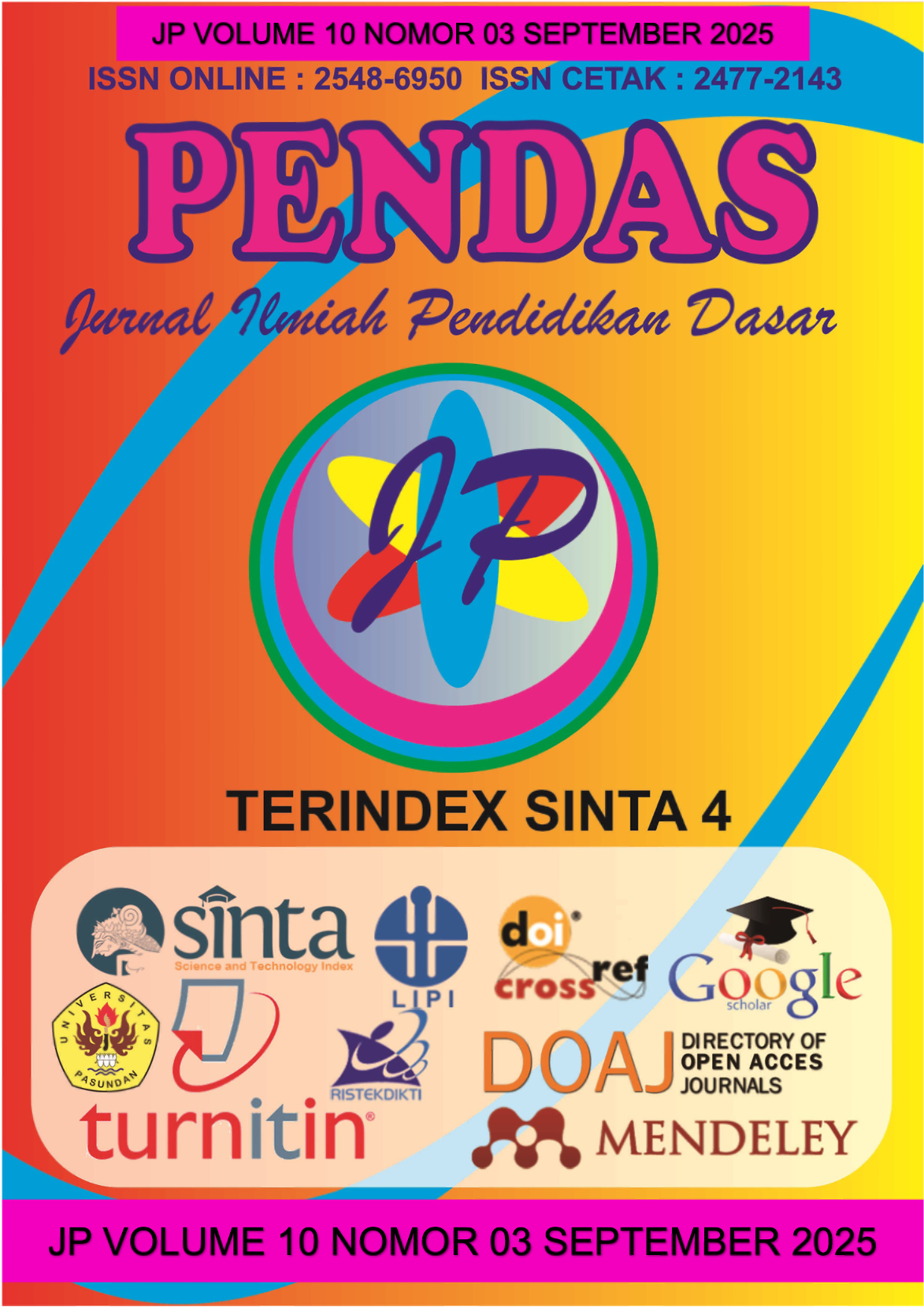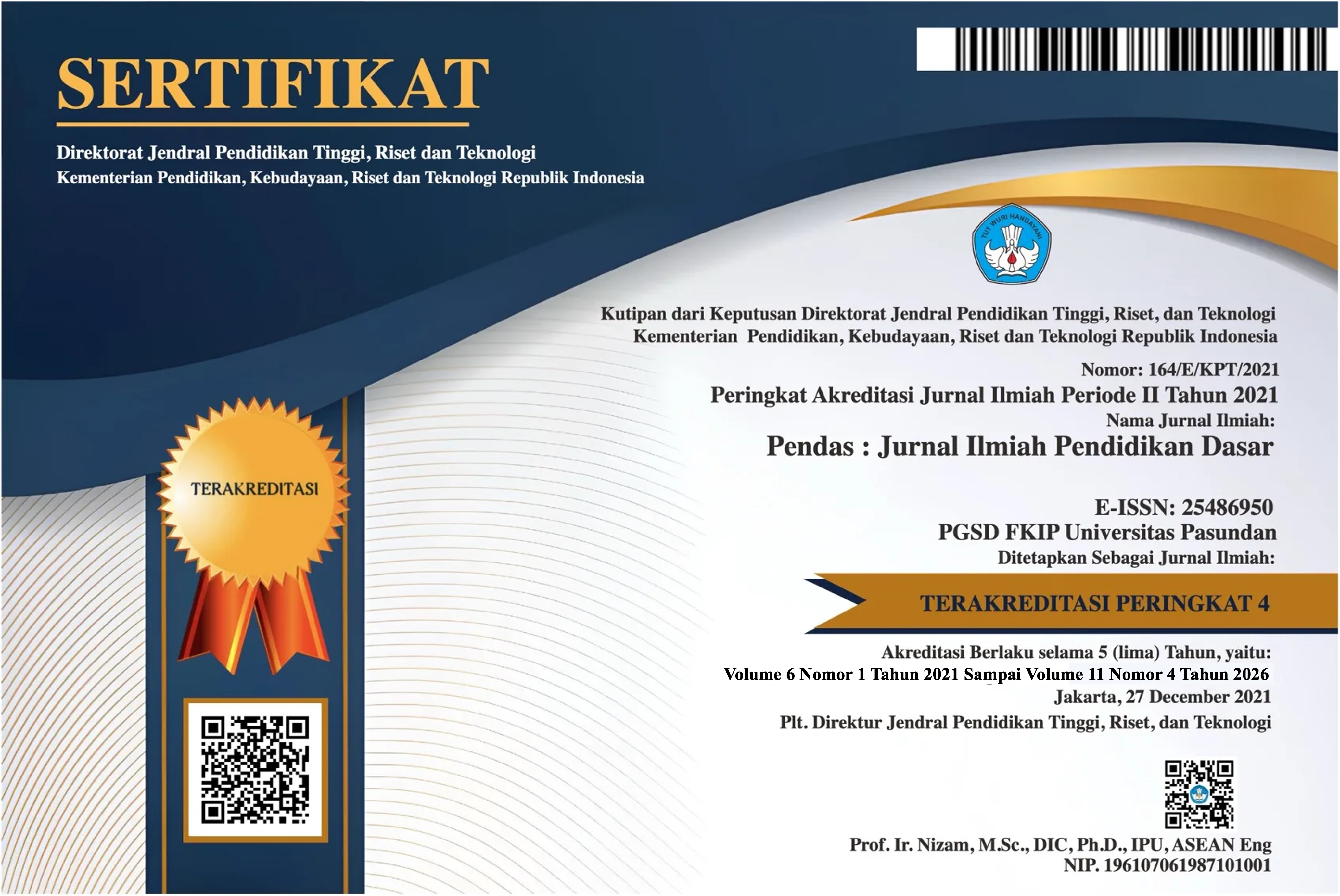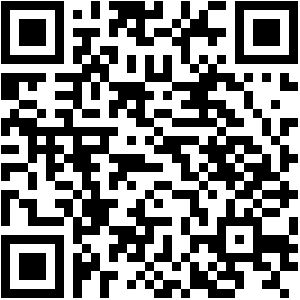KEWIRAUSAHAAN DIGITAL DI KALANGAN MAHASISWA: STUDI LITERATUR
DOI:
https://doi.org/10.23969/jp.v10i03.29779Keywords:
Digital Entrepreneurship, Student Entrepreneurs, Entrepreneurial Ecosystem, Digital Literacy, Higher Education;Abstract
The rise of the digital economy has created unprecedented opportunities, particularly for the younger generation. This study aims to provide a comprehensive analysis of the dynamics of digital entrepreneurship among university students through a systematic literature review. The research synthesizes findings from various academic sources to map the driving factors, significant barriers, and the critical role of the higher education ecosystem. The analysis reveals that students are motivated by a combination of intrinsic factors, such as the desire for autonomy and financial independence, and extrinsic factors, including technological accessibility and low entry barriers. However, their journey is fraught with challenges, most notably a competency gap between technical digital skills and strategic business acumen, limited access to capital, and difficulties in balancing academic responsibilities with business demands. This study underscores that universities play a pivotal role not merely as educational institutions but as central hubs in the entrepreneurial ecosystem. The development of integrated support systems including practice-based curricula, business incubators, mentorship programs, and industry partnerships is identified as a critical success factor. This paper concludes by offering strategic recommendations for universities, policymakers, and students to collaboratively foster a more vibrant and resilient generation of digital entrepreneurs.
Keywords: Digital Entrepreneurship, Student Entrepreneurs, Entrepreneurial Ecosystem, Digital Literacy, Higher Education;
Downloads
References
[1] S. Kraus, C. Palmer, N. Kailer, F. L. Kallinger, and J. Spitzer, “Digital Entrepreneurship: A Research Agenda on New Business Models for the Twenty-First Century,” International Journal of Entrepreneurial Behavior & Research, vol. 25, no. 2, pp. 353–375, 2019.
[2] M. Prensky, “Digital Natives, Digital Immigrants,” On the Horizon, vol. 9, no. 5, pp. 1–6, 2001.
[3] B. L. Handoko, Ekosistem Startup Digital Indonesia: Peluang dan Tantangan Generasi Z. Jakarta: Gramedia Pustaka Utama, 2022.
[4] M. Siregar and N. Fitriyani, “Pemetaan Model Bisnis Mahasiswa dalam Era Ekonomi Digital,” Jurnal Inovasi Ekonomi, vol. 6, no. 3, pp. 55–66, 2021.
[5] I. Ajzen, “The Theory of Planned Behavior,” Organizational Behavior and Human Decision Processes, vol. 50, no. 2, pp. 179–211, 1991.
[6] D. J. Isenberg, “How to Start an Entrepreneurial Revolution,” Harvard Business Review, vol. 88, no. 6, pp. 40–50, 2010.
[7] A. Nugroho and D. P. Sari, “Peran Inkubator Bisnis Universitas dalam Meningkatkan Kompetensi Kewirausahaan Digital Mahasiswa,” Jurnal Ekonomi dan Bisnis Terapan, vol. 17, no. 2, pp. 112–125, 2023.
[8] R. Fitriani, F. Nurulita, and D. Yuliani, “Digital Entrepreneurship in Higher Education: Student Readiness and Opportunities,” Jurnal Pendidikan Ekonomi, vol. 14, no. 1, pp. 40–51, 2020.
[9] R. Pratama, “Literasi Keuangan dan Digital sebagai Prediktor Keberhasilan Usaha Rintisan Mahasiswa,” Jurnal Akuntansi dan Keuangan Indonesia, vol. 21, no. 1, pp. 45-60, 2024.
[10] M. Yusof, M. S. Sandhu, and K. K. Jain, “Entrepreneurial Inclination among Malaysian University Students: A Comparative Study,” International Journal of Business and Social Science, vol. 10, no. 6, pp. 38–44, 2019.
[11] E. Sulastri and L. Yuliani, “Analisis Motivasi Mahasiswa dalam Berwirausaha Digital: Studi Kasus di Kampus Swasta,” Jurnal Ilmu Manajemen, vol. 10, no. 2, pp. 89–98, 2022.
[12] K. Schwab, The Fourth Industrial Revolution. Geneva: World Economic Forum, 2016.
[13] Google, Temasek, & Bain & Company, e-Conomy SEA 2023 Report. 2023. [Online]. Available: https://www.bain.com/insights/e-conomy-sea-2023/
[14] A. Martin and J. Grudziecki, “DigEuLit: Concepts and Tools for Digital Literacy Development,” Innovation in Teaching and Learning in Information and Computer Sciences, vol. 5, no. 4, pp. 249-267, 2006.
[15] F. Liñán and Y. W. Chen, “Development and Cross‐Cultural Application of a Specific Instrument to Measure Entrepreneurial Intentions,” Entrepreneurship Theory and Practice, vol. 33, no. 3, pp. 593-617, 2009.
[16] A. H. Wibowo, “The Influence of Entrepreneurship Education, Self-Efficacy, and Social Norms on Students' Digital Entrepreneurial Intention,” Jurnal Manajemen dan Kewirausahaan, vol. 25, no. 1, pp. 87-98, 2023.
[17] D. F. Kuratko, J. S. Hornsby, and J. C. Hayton, “The University as an Entrepreneurial Ecosystem: Unlocking the Latent Entrepreneurial-Capital of Campuses,” The Journal of Technology Transfer, vol. 48, pp. 1-23, 2023.
[18] D. Tranfield, D. Denyer, and P. Smart, “Towards a Methodology for Developing Evidence-Informed Management Knowledge by Means of Systematic Review,” British Journal of Management, vol. 14, no. 3, pp. 207-222, 2003.
[19] A. R. Sari and B. Santoso, “Dampak Pandemi COVID-19 terhadap Peningkatan Minat Kewirausahaan Digital di Kalangan Mahasiswa,” Jurnal Pengembangan Wiraswasta, vol. 24, no. 2, pp. 115-128, 2022.
[20] M. A. Firmansyah and L. P. Sari, “Stres Akademik dan Keseimbangan Studi-Bisnis pada Mahasiswa Wirausaha,” Jurnal Psikologi Terapan dan Pendidikan, vol. 5, no. 1, pp. 34-45, 2023.
[21] R. M. Ryan and E. L. Deci, “Self-determination theory and the facilitation of intrinsic motivation, social development, and well-being,” American Psychologist, vol. 55, no. 1, pp. 68–78, 2000.
Downloads
Published
Issue
Section
License
Copyright (c) 2025 Pendas : Jurnal Ilmiah Pendidikan Dasar

This work is licensed under a Creative Commons Attribution 4.0 International License.



















